
On June 9, prolonged heavy rain in Quang Ninh, Hai Phong, and Nam Dinh caused extensive flooding, raising the risk of landslides.
In Quang Ninh province, districts such as Hai Ha, Dam Ha, and Uong Bi City experienced severe flooding. Rising river and stream levels also caused underground flooding in parts of Ha Long City and Ba Che District.
In response to the deep flooding, authorities in Thanh Son Ward, Uong Bi City, evacuated households in the most affected areas and temporarily cut off power to ensure safety.
Hai Phong City also faced severe flooding, with water levels reaching up to 40cm in many residential areas and major roads such as Le Loi, To Hieu, Ton Duc Thang, and more.
Nam Dinh experienced similar conditions, with deep flooding on numerous streets causing vehicles to stall.
The northern mountainous provinces were not spared, as heavy rain continued to fall. According to the National Center for Hydro-Meteorological Forecasting, rainfall between 1:00 p.m. and 8:00 p.m. on June 9 exceeded 60mm in several areas, including 109.2mm in Suoi Bau (Son La) and 97.2mm in Hong Ca (Yen Bai).
In Ha Giang, rainfall from 7:00 a.m. to 3:00 p.m. on June 9 reached nearly 120mm in Quang Ngan Commune (Vi Xuyen District). The downpour caused landslides that blocked the road to Nho Que River in Meo Vac District, leaving many people and tourists stranded. Other affected routes included Thuan Hoa - Thai An road and Meo Vac - Dong Van road, which were also cut off by flooding and erosion.
The National Center for Hydro-Meteorological Forecasting reported that heavy rain would continue into the morning of June 10 in the northern region and Thanh Hoa province, with localized rainfall potentially exceeding 150mm. However, the intensity of the rain is expected to decrease by the afternoon.
Meteorologists warn of the risks of flash floods and landslides in mountainous areas and flooding in low-lying regions. Urban areas could experience severe flooding from intense, short-term rainfall. Thunderstorms may also bring tornadoes, lightning, hail, and strong winds.
The northern region has been in its rainy season for over a month, with May recording nine days of widespread heavy rain and total rainfall 30-60% higher than usual, and even double in some places. For instance, Lao Cai and Hanoi saw rainfall totals reaching 353-420mm, double the average for this period.
This increase in rainfall is attributed to the rapid weakening of El Nino and the transition of the ENSO phenomenon to a neutral phase, which is expected to last through June with a probability of 80-85%. Experts forecast that during the peak rainy season in July and August, ENSO will likely shift to a La Nina phase with a probability of 65-75%, suggesting a heavier rainy season than usual.
By the end of the rainy season in September-October, total rainfall is expected to be 10-30% higher than previous years. Experts note that this year's ENSO phenomenon is showing patterns similar to the historic flood year of 2020.
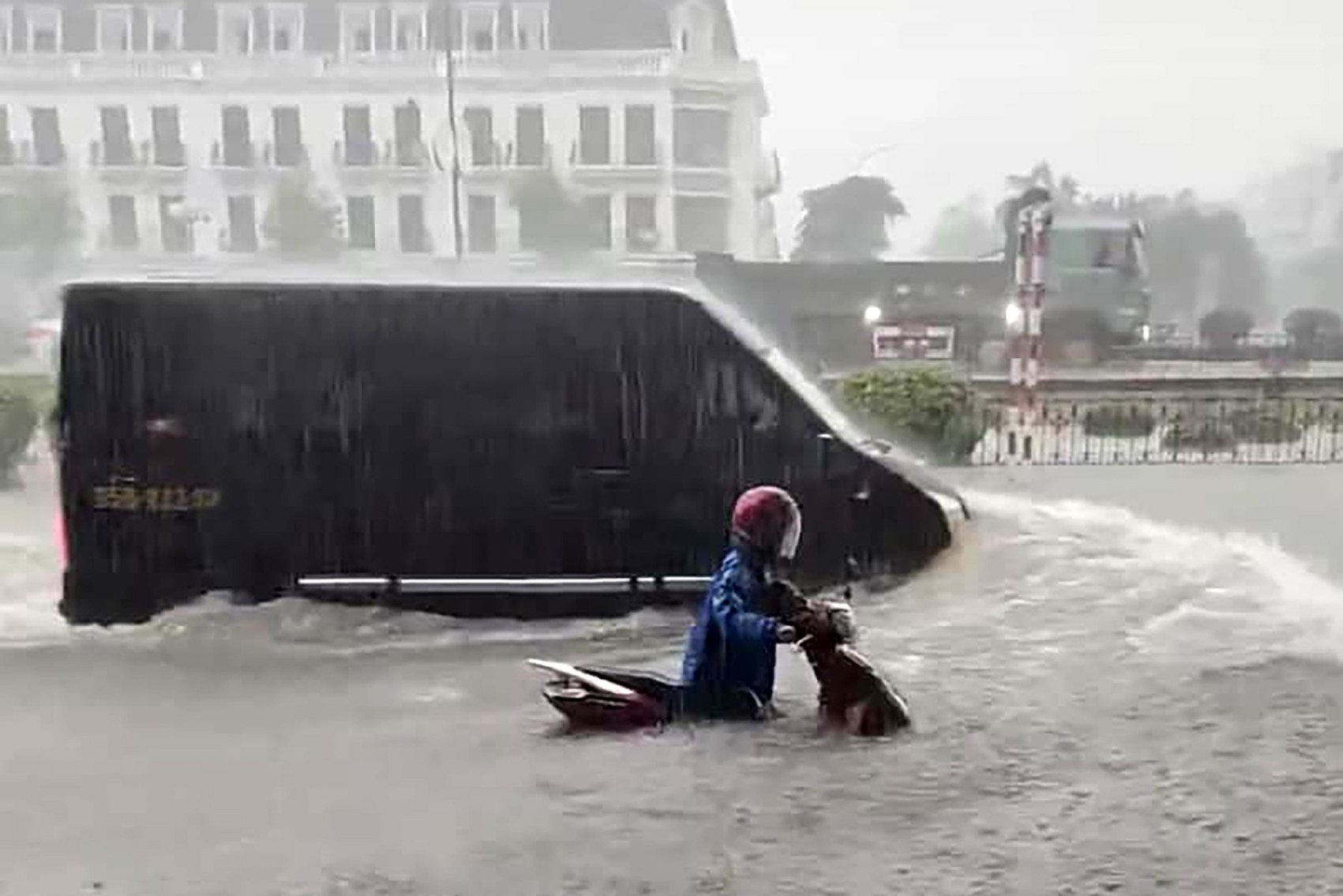
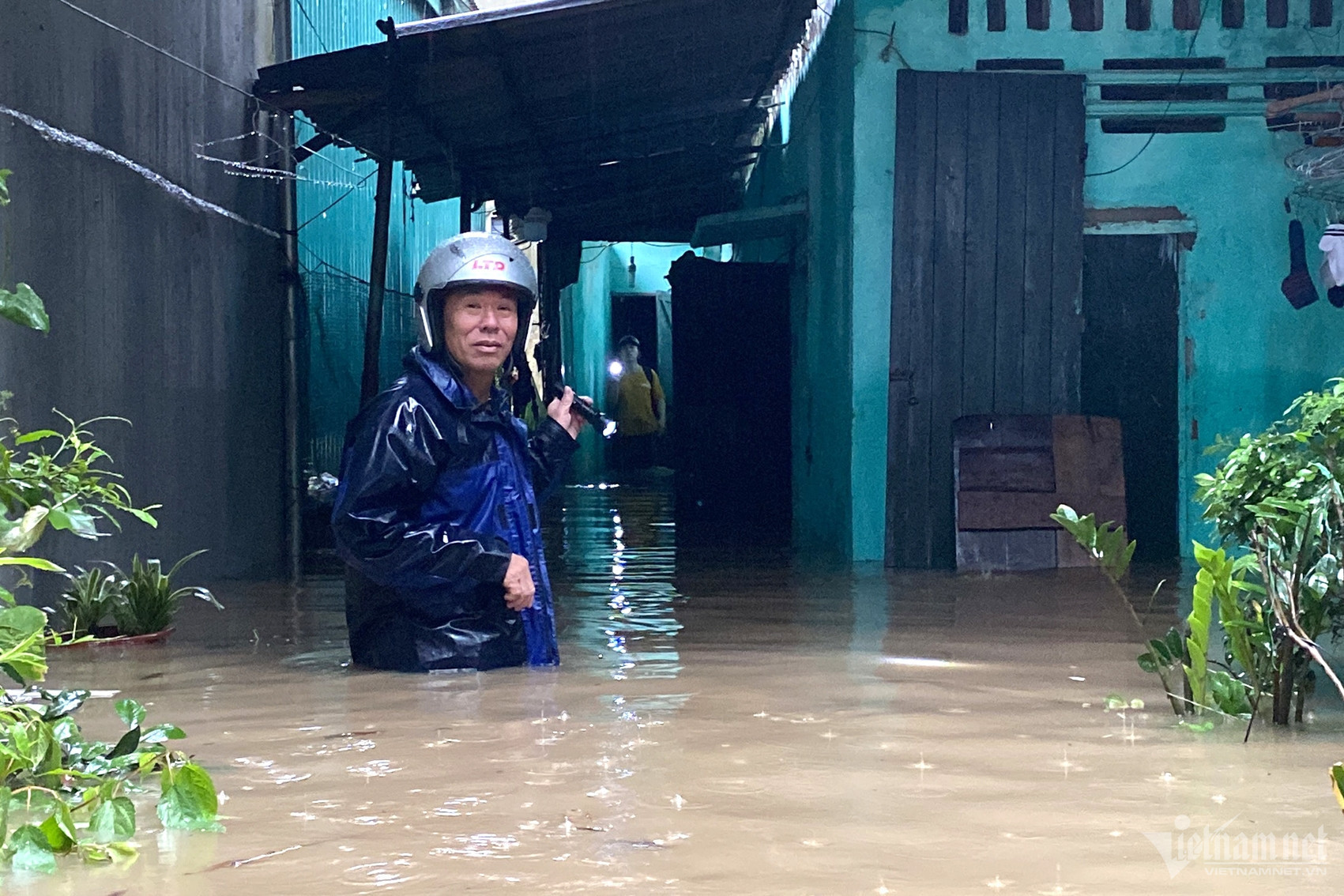
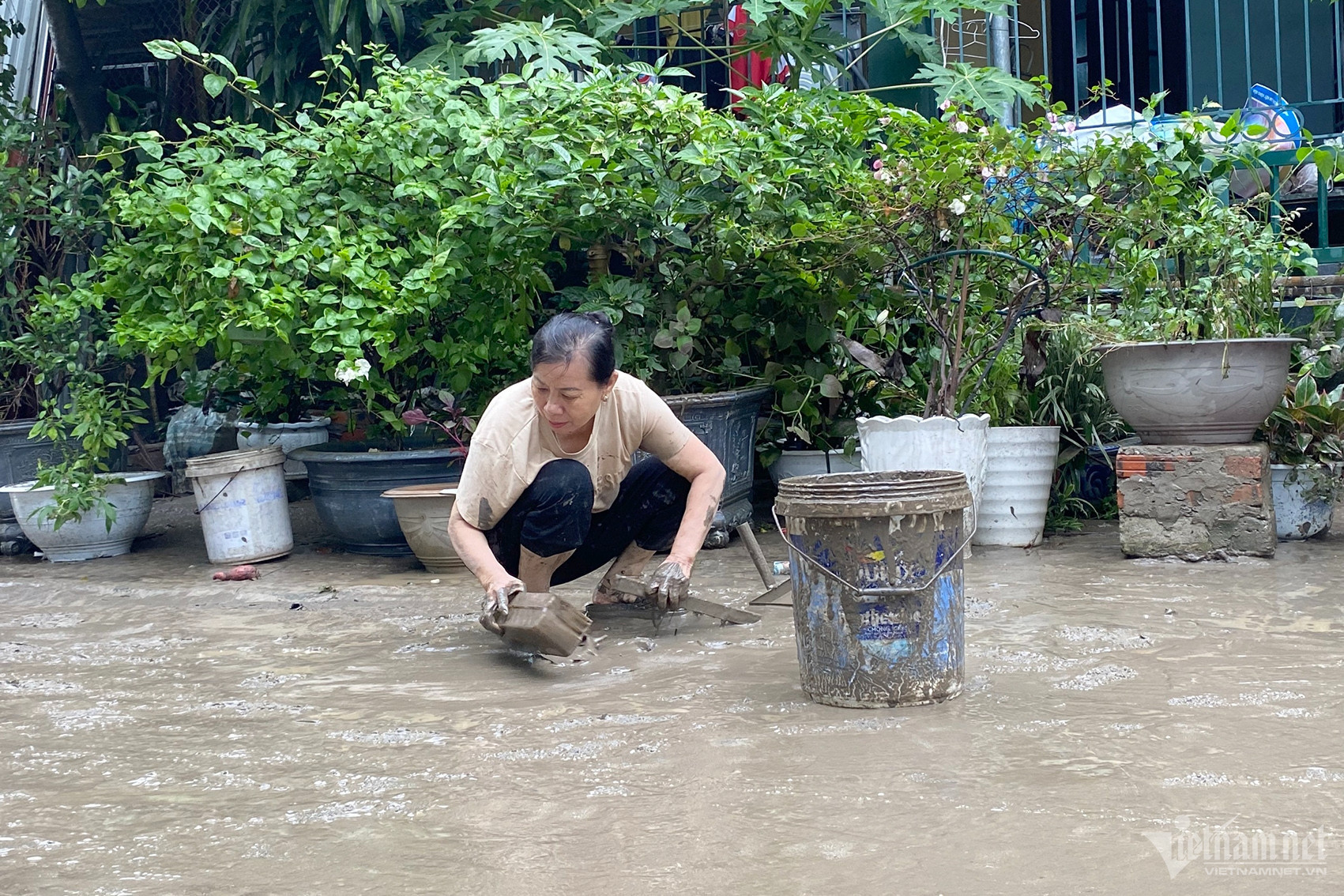

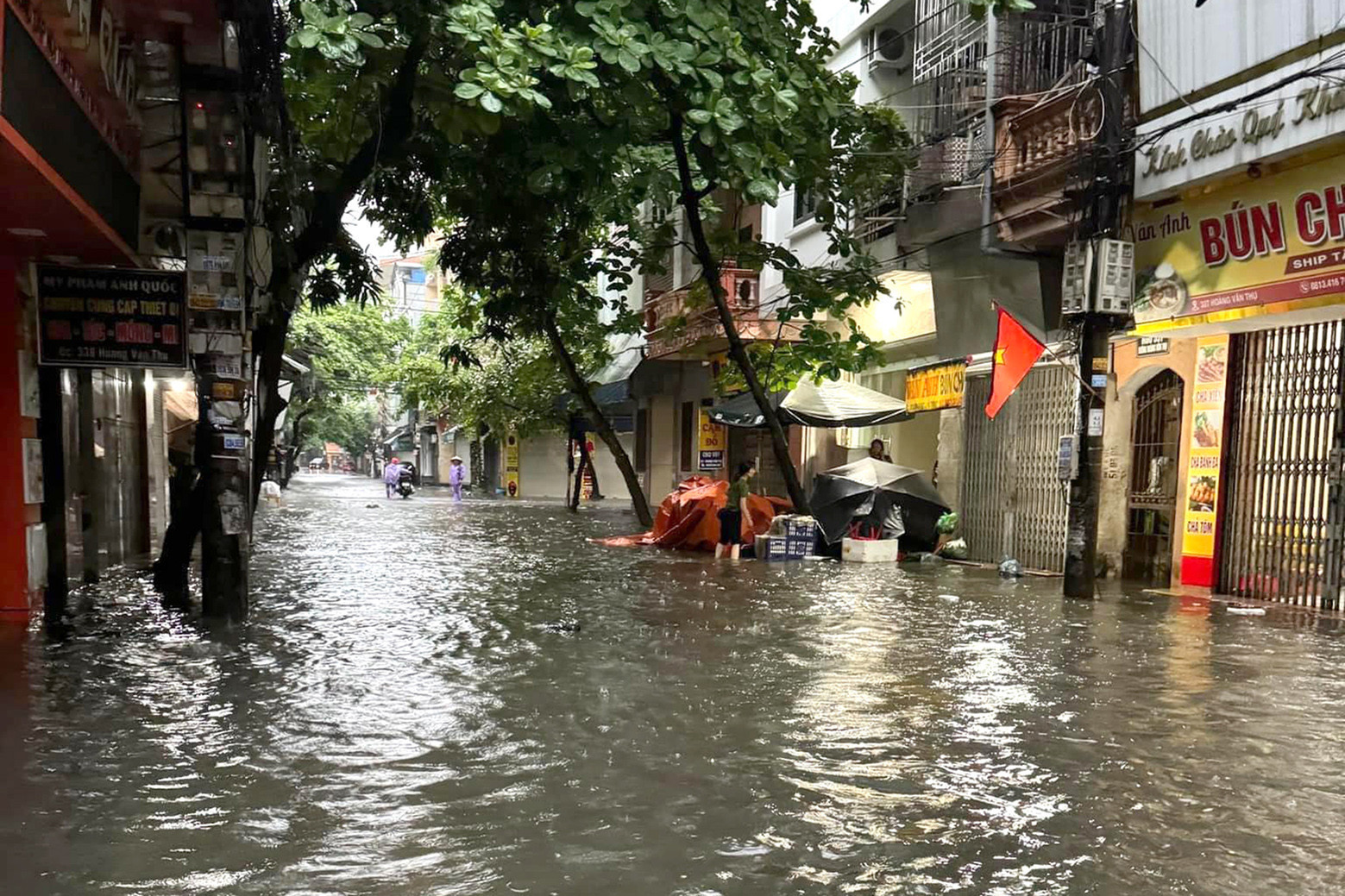

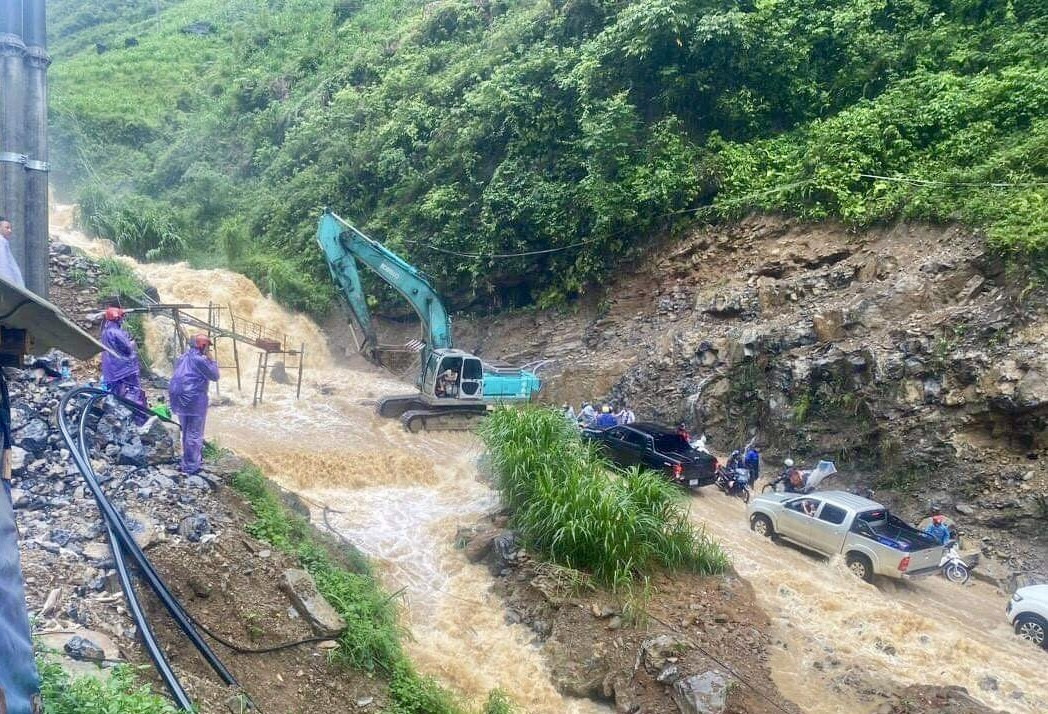
Ly Dao